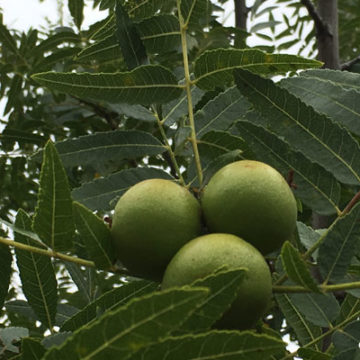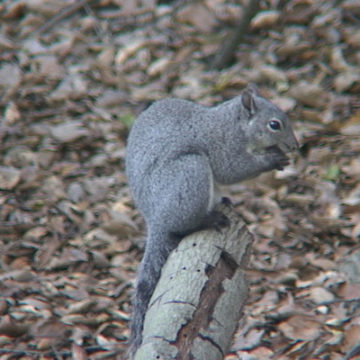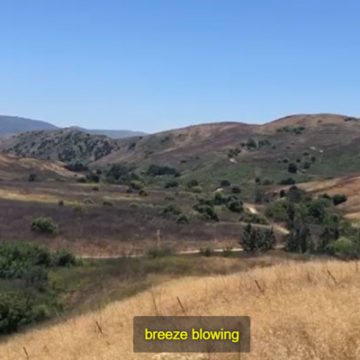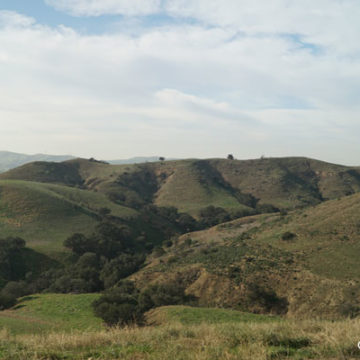Black Walnuts Unique to Area
Did you know that the nut of black walnut trees served as a food source for Native American tribes despite the hard, thick shell? The largest stand of native walnuts left in the state is protected in Chino Hills State Park. California black walnut trees generally like north facing slopes. The population took a real hit in the 2008 Freeway Complex Fire followed by the drought.




